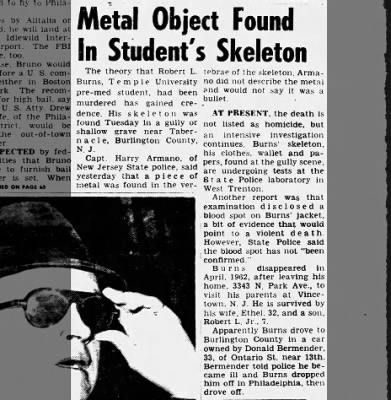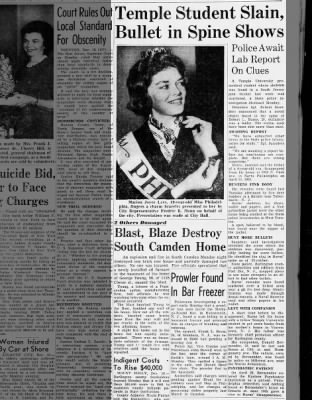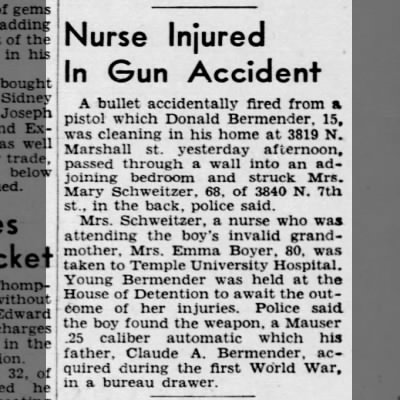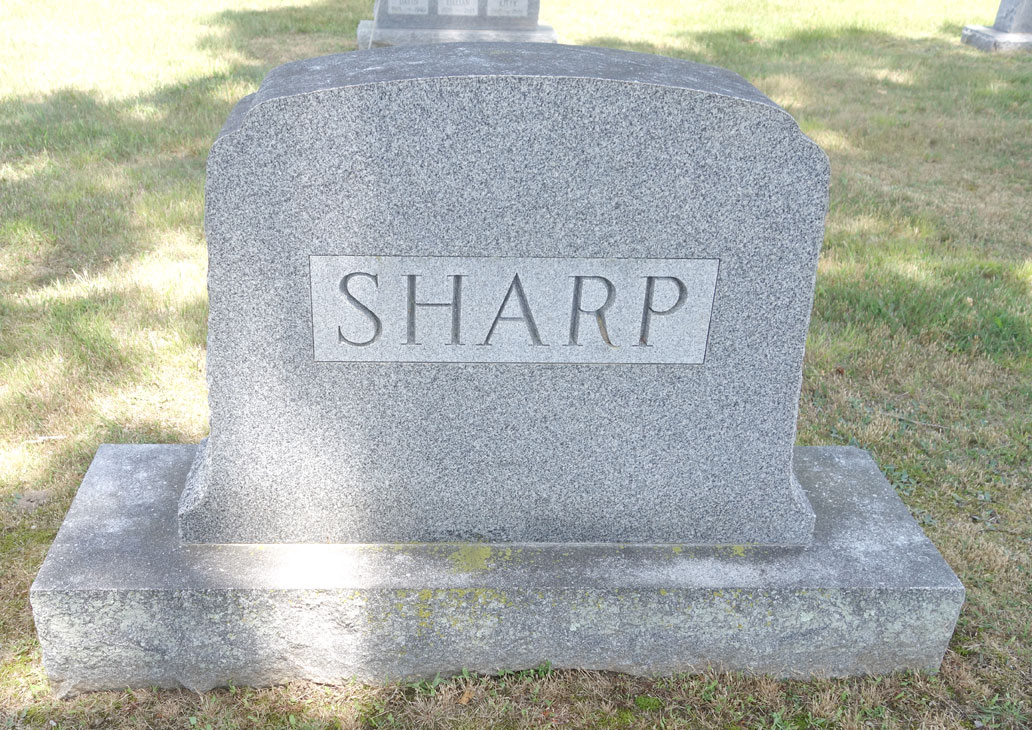This is an interesting one, and we can all try and figure out where the ending location was.
Edited
June 27, 1933
CHARLES L. CARSLAKE MISSING IN WOODS
Former Dry Agent and Undersheriff Left Columbus Home Thursday
Game wardens and state troopers were combing the pine plains and bog lands in the vicinity of Harrisia, Jenkins Neck and Sim Place today for Charles L. Carslake, former undersheriff and prohibition enforcement agent.
He was seen Friday on the Harrisia/Speedwell/New Gretna road, where he bought some gasoline at a filling station operated by Harry Leeks. (This could be Micks Canoe Rental today)
State Trooper Joseph McCormack of Columbus, said today that Trooper James Scotland and William Carslake, a son, who is a game warden, had been in the deer woods since early yesterday with his brother, seeking some trace of the former official. Carslake is now a justice of the peace and was said to have been in ill health for some time.
One report was that Carslake was seen near Sim Place, a cranberry settlement south of Martha Furnace and Calico. Friends said he might have gone out in search of wild huckleberries and became stranded when his car ran out of gasoline. The pine barrens are interlaced with tiny trails passable by automobile, but leading through deserted village sites.
June 28, 1933
More than 200 State troopers, game wardens and resident are combing cranberry bogs and pine barrens near Chatsworth, seeking Carslake. A Navy plane from the station at Lakehurst circled over the area all day yesterday. The Navy blimp ZNC-2 left Lakehurst today to aid in the search.
Yesterday afternoon his coupe was found abandoned in the dense woods off Goose Pond Road, five miles from Chatsworth, so deeply rutted in bog ooze that it could not be moved. In it were some of his clothing and his gun holster with the gun missing.
June 29, 1933
Edited
A human fine-toothed comb stretched through the fastness of the woods and swamps in the Goose Pond and Spring Hill roads sector from three to eight mile south of here Swamps and thickets in the direction of Winding Hill (????????), where buzzards were sighted yesterday, were subjected to a foot by foot scanning.
Numerous footprints, made by galoshes evidently worn by Carslake were followed until they seemingly ended.
After his car became mired in the mud, about 5 miles from Chatsworth on Goose Pond Road, he aparenty tried to push on to Warren Grove afoot. An empty holster in his car and the absence of his 45 calibar gun from home lwd his sons to believe he had the weapon on his person. The former dry crusader is forest-wise, his sons said, and with a firearm would be able to subsist.
On the other hand, he had been ill and may have wandered dazedly until he dropped from exhaustion his friends believe. They pointed out that he knows this territory and would have found a way out of the maze before this late date.
July 3, 1933
Edited
Since he had told his family he intended to spend several weeks at Warren Grove, it was felt possible that he may have stopped at some wilderness cabin unaware that a search was in progress.
Various
He stopped at the home of George Green, who resides on Goose Pond Road about two miles from Chatsworth, to ask for directions. A short time later he returned to Green's home and again asked for directions. (It is important to note that what they call Goose Pond Road is most certainly Baptist Road. Baptist Road back then crossed Long Causeway and traveled just north of Goose Pond and eventually to Warren Grove. It is pretty obvious Carslake drove through Chatsworth to Dukes Bridge and turned left onto Baptist where he stopped at George Green's house to ask directions.)
July 5, 1933
MISSING SQUIRE IS FOUND DEAD IN PINE WOODS
The thick underbrush of the pine county today gave up the body of Charles L. Carslake, Columbus justice of the peace, missing since Jun22.
Lying face downward in the cranberry bogs of the West Papoose swamp, seven miles





